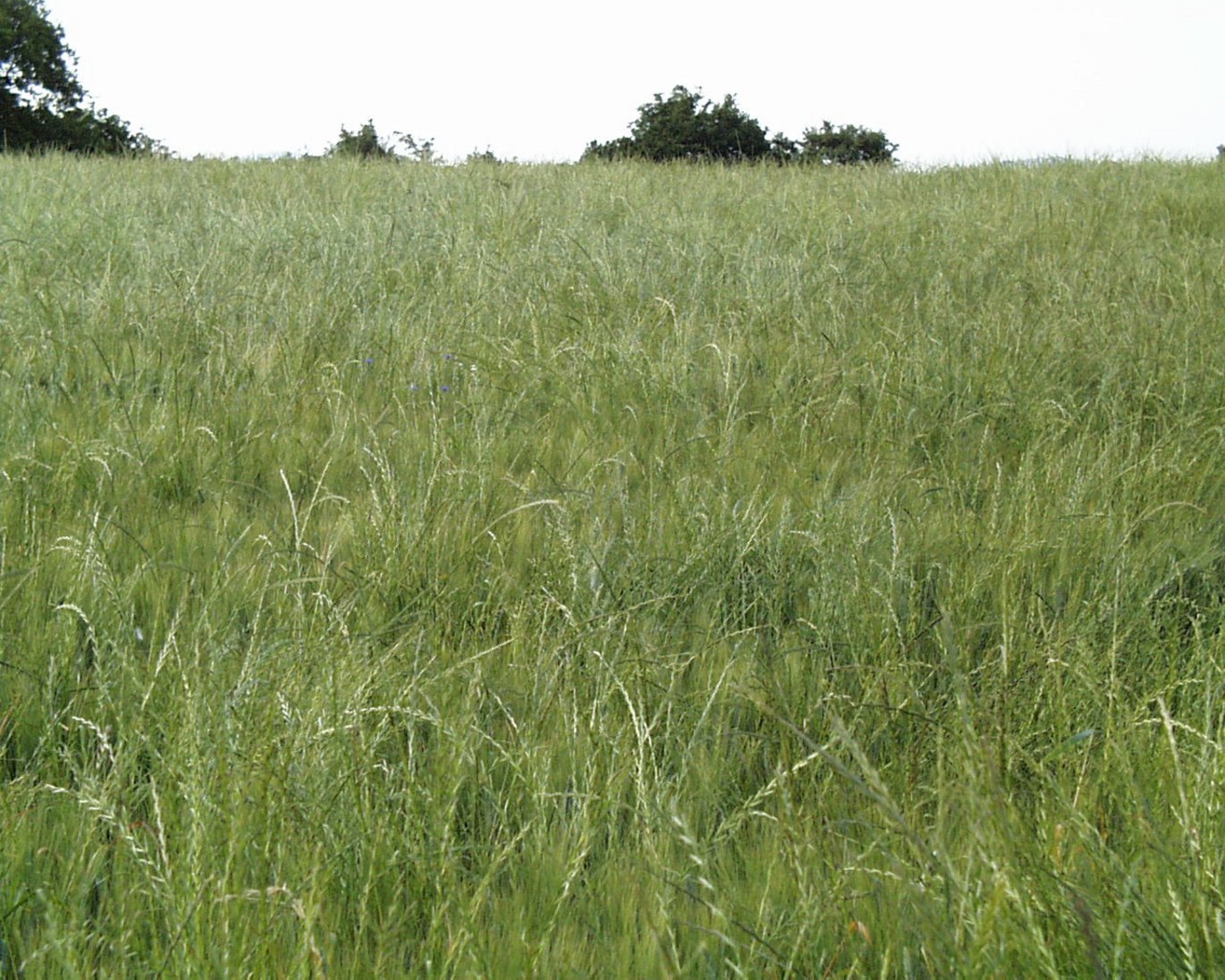Unlocking the secrets of resistant weeds
How and why do weeds become resistant to herbicides? A new European project aims to find answers to this question. The knowledge is important for the development of efficient pest management strategies.

In the ongoing contest between crops and weeds, some weeds are experts at staying one step ahead of the game; ryegrass is one such weed and it is widely spread in Europe despite concentrated efforts to control it. The hardy weed even has the ability to evolve multiple resistance to several classes of herbicides in the same plant.
How does this family of grasses manage to escape the effects of herbicides? Answering this question could help us gain a better understanding of the evolutionary process leading to herbicide resistance and pave the way for developing transnational management strategies that can be adapted to national conditions.
A new European project coordinated by Dr. Maurizio Sattin from Consiglio Nazionale delle Ricerche (CNR) in Italy aims to find answers to these questions. The three-year project, entitled RELIUM, involves scientists from three different research institutions in Italy, Greece and Denmark. It has a total budget of €303,055 and has been granted €259,166 through the C-IPM second call.
The aim of the project is to monitor and map the spread of resistance, as well as to develop innovative detection tools. It will characterise patterns, levels and resistance mechanisms of selected resistant populations of three ryegrass species and will set up resistance management strategies for perennial ryegrass in various agronomic situations.
This is a truly European project where each participating country will focus on specific tasks and complement each other to devise novel pest management strategies, says Dr. Maurizio Sattin.
Understanding the evolutionary process behind resistance
There are a several ways in which weeds can evolve resistance to herbicides. The core idea of the project is to discover the underlying mechanisms that lie behind the evolution of herbicide resistance in weeds and use this information to devise effective resistance management strategies.
The project partners will pool their resources in several ways. They will collect and share plant material and information about selected fields in which resistance has evolved.
The first step will be to produce updated databases and maps of resistant perennial ryegrass in the three partner countries. The project will then characterise resistant populations and set up quick molecular tests for detection of target-site based and metabolic related resistance.
Studying the selected ryegrass populations in this way will help the partners gain insight into the evolutionary process leading to herbicide-resistant populations. Finally, the partners will improve the management of resistant perennial ryegrass by developing transnational resistance management strategies adapted to national conditions.
For more information please contact Dr. Maurizio Sattin, Consiglio Nazionale delle Ricerche (CNR), Italy, email: maurizio.sattin@ibaf.cnr.it.
See the list of all the projects approved in the second C-IPM call here.